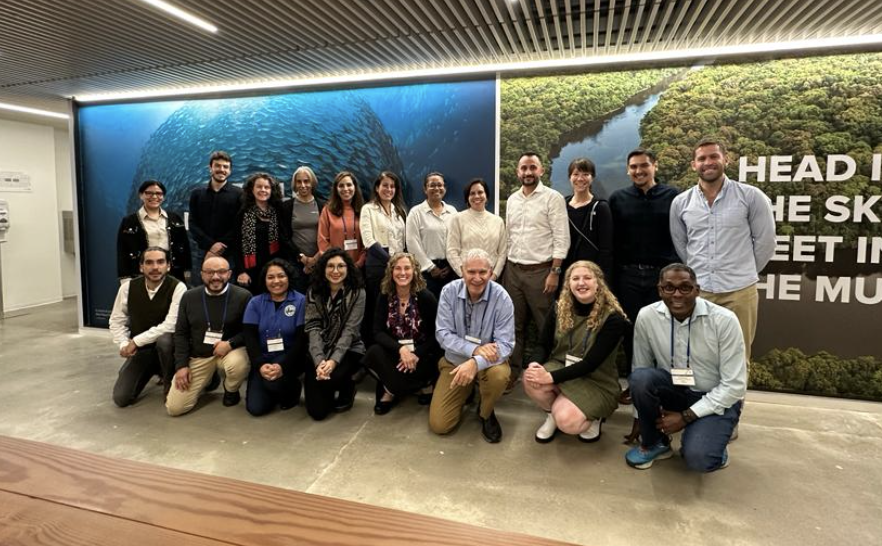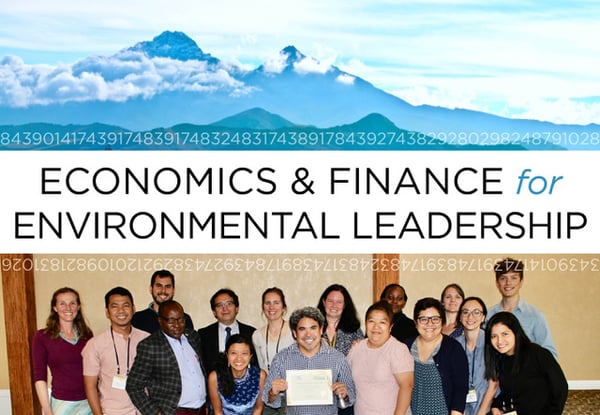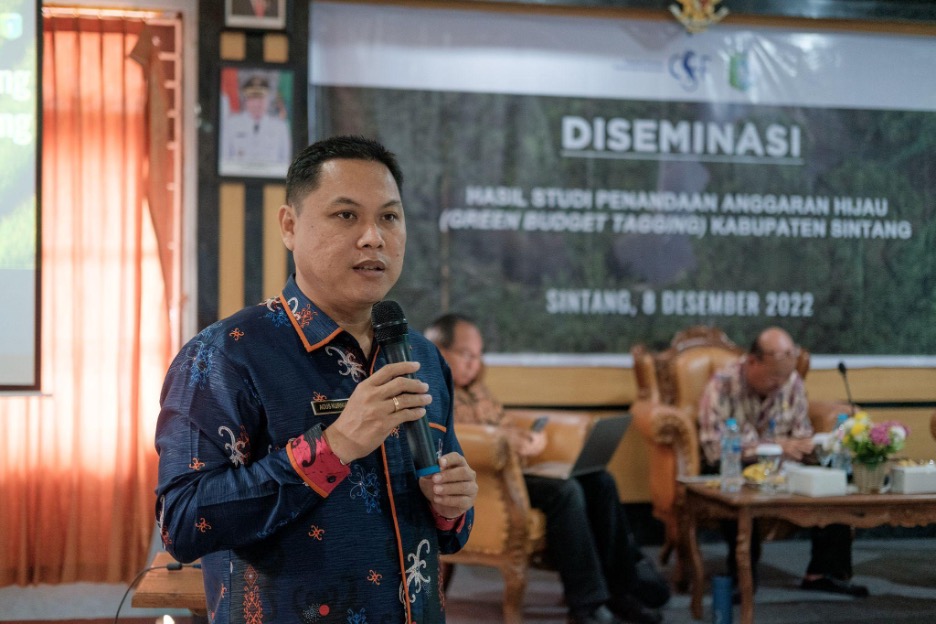News
Conservation Strategy Fund’s global training team launched its first in-person course in the US since 2019 last November 8th & 9th. Over the two-day course, participants explored the root causes of environmental and conservation problems, earning a background in ecological economics to speak the language of finance with decision-makers around the world.
This August and September, Conservation Strategy Fund brought 43 participants together for the 25th iteration of our world-renowned Economics and Finance for Environmental Leadership Course. This course is designed for professionals at the forefront of global sustainability issues, to train them on key economic and financial mechanisms they can use in their work building sustainable conservation strategies.
El pasado jueves 27 de abril finalizamos la primera versión, 100% en línea y en español, de nuestro reconocido curso Economía y Finanzas para el Liderazgo Ambiental.
Shutterstock: View on Morning fog over the Death Road in the Yungas of Bolivia
Shutterstock: View on Morning fog over the Death Road in the Yungas of Bolivia
Mountain and forest at Amboro park in Bolivia. Credit: Shutterstock
I recently returned from my first Conference of the Parties (COP) from the UN Convention on Biological Diversity (CBD) that took place in Montreal, Canada. I was inspired by the events I attended, the positivity and hope surrounding our meetings and objectives, and by the final agreement on the Kunming-Montreal Global Biodiversity Framework (GBF). I can only imagine what it must have taken to get 190+ countries to agree on the 23 targets in those final few hours of the conference.
On December 8, 2022, our Sintang Groundwork Analysis consortium gathered to share their findings from their work on green budget tagging, a practice of identifying elements within the regency’s budget that are beneficial to the advancement of sustainable or “green” efforts, supporting the vision of the Green Sintang Initiatives.










